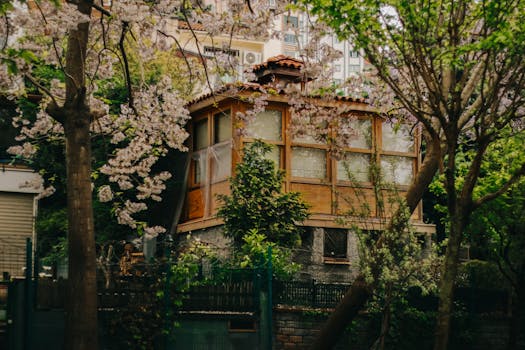
Urban Green Spaces: The Future of Outdoor Living in European Cities by 2025
Urban Green Spaces are becoming increasingly important in European cities, and for good reason. As the world becomes more urbanized, the need for green spaces has never been more pressing. In this article, we will explore the future of outdoor living in European cities and how urban green spaces will play a crucial role in shaping it.
Introduction to Urban Green Spaces
Urban Green Spaces refer to any area of greenery in an urban environment, including parks, gardens, green roofs, and even street trees. These spaces provide a range of benefits, from improving air quality and mitigating the urban heat island effect to promoting physical activity and mental well-being.
Benefits of Urban Green Spaces
The benefits of urban green spaces are numerous. Some of the most significant advantages include:
- Improved air quality: Urban green spaces can help to remove pollutants from the air, improving the overall quality of the air we breathe.
- Mitigation of the urban heat island effect: Green spaces can help to cool the air through evapotranspiration, reducing the urban heat island effect and making cities more livable.
- Promotion of physical activity: Urban green spaces provide opportunities for physical activity, such as walking, cycling, and sports, which can help to improve overall health and well-being.
- Improved mental health: Spending time in nature has been shown to have a positive impact on mental health, reducing stress and anxiety.
The Future of Outdoor Living in European Cities
By 2025, European cities are expected to be even more urbanized, with a greater need for green spaces. Urban planning will play a crucial role in ensuring that cities are designed with green spaces in mind. This may involve:
- Integrating green spaces into urban planning: Cities will need to prioritize the creation of green spaces, such as parks and gardens, and ensure that they are accessible to all members of the community.
- Investing in green infrastructure: Green infrastructure, such as green roofs and walls, will become increasingly important in reducing the urban heat island effect and improving air quality.
- Promoting sustainable transportation: Cities will need to promote sustainable transportation options, such as cycling and walking, to reduce the reliance on cars and minimize air pollution.
Conclusion
In conclusion, urban green spaces will play a vital role in shaping the future of outdoor living in European cities by 2025. By prioritizing the creation of green spaces and investing in green infrastructure, cities can improve the health and well-being of their residents, while also promoting sustainability and reducing the environmental impact of urbanization.






